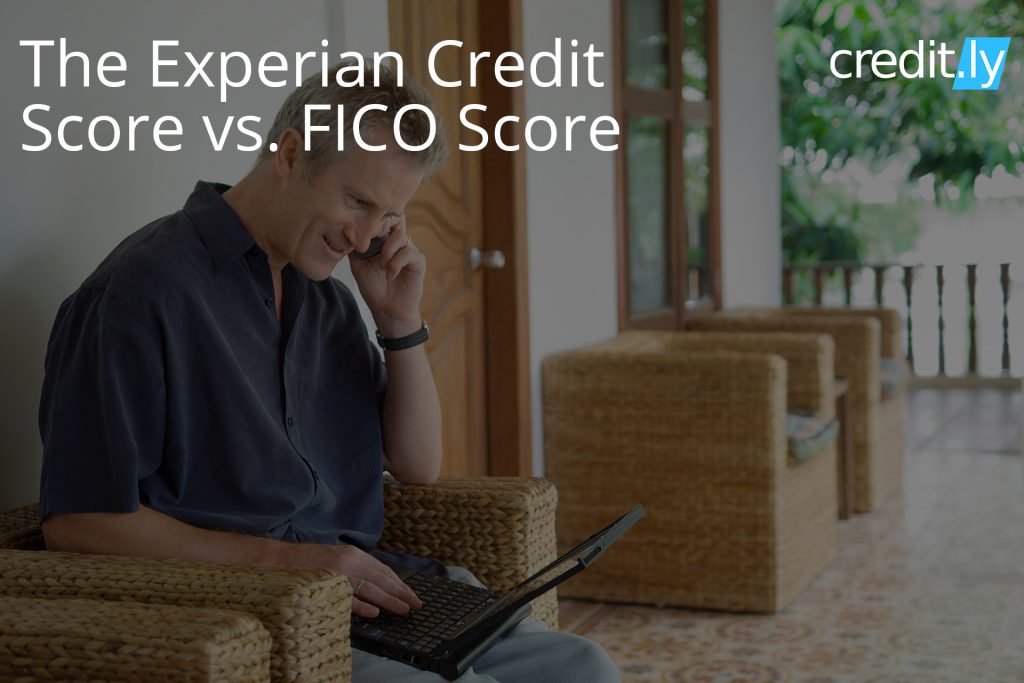[et_pb_section fb_built=”1″ _builder_version=”3.22.3″][et_pb_row _builder_version=”3.25″ background_size=”initial” background_position=”top_left” background_repeat=”repeat” custom_margin=”|auto|-29px|auto||”][et_pb_column type=”4_4″ _builder_version=”3.0.47″ custom_padding=”|||” custom_padding__hover=”|||”][et_pb_post_title _builder_version=”3.26.6″ title_font=”|700|||||||” title_line_height=”2em” z_index_tablet=”500″ title_text_shadow_horizontal_length_tablet=”0px” title_text_shadow_vertical_length_tablet=”0px” title_text_shadow_blur_strength_tablet=”1px” meta_text_shadow_horizontal_length_tablet=”0px” meta_text_shadow_vertical_length_tablet=”0px” meta_text_shadow_blur_strength_tablet=”1px” box_shadow_horizontal_tablet=”0px” box_shadow_vertical_tablet=”0px” box_shadow_blur_tablet=”40px” box_shadow_spread_tablet=”0px” text_shadow_horizontal_length_tablet=”0px” text_shadow_vertical_length_tablet=”0px” text_shadow_blur_strength_tablet=”1px”][/et_pb_post_title][et_pb_text _builder_version=”3.29.2″ z_index_tablet=”500″ text_text_shadow_horizontal_length_tablet=”0px” text_text_shadow_vertical_length_tablet=”0px” text_text_shadow_blur_strength_tablet=”1px” link_text_shadow_horizontal_length_tablet=”0px” link_text_shadow_vertical_length_tablet=”0px” link_text_shadow_blur_strength_tablet=”1px” ul_text_shadow_horizontal_length_tablet=”0px” ul_text_shadow_vertical_length_tablet=”0px” ul_text_shadow_blur_strength_tablet=”1px” ol_text_shadow_horizontal_length_tablet=”0px” ol_text_shadow_vertical_length_tablet=”0px” ol_text_shadow_blur_strength_tablet=”1px” quote_text_shadow_horizontal_length_tablet=”0px” quote_text_shadow_vertical_length_tablet=”0px” quote_text_shadow_blur_strength_tablet=”1px” header_text_shadow_horizontal_length_tablet=”0px” header_text_shadow_vertical_length_tablet=”0px” header_text_shadow_blur_strength_tablet=”1px” header_2_text_shadow_horizontal_length_tablet=”0px” header_2_text_shadow_vertical_length_tablet=”0px” header_2_text_shadow_blur_strength_tablet=”1px” header_3_text_shadow_horizontal_length_tablet=”0px” header_3_text_shadow_vertical_length_tablet=”0px” header_3_text_shadow_blur_strength_tablet=”1px” header_4_text_shadow_horizontal_length_tablet=”0px” header_4_text_shadow_vertical_length_tablet=”0px” header_4_text_shadow_blur_strength_tablet=”1px” header_5_text_shadow_horizontal_length_tablet=”0px” header_5_text_shadow_vertical_length_tablet=”0px” header_5_text_shadow_blur_strength_tablet=”1px” header_6_text_shadow_horizontal_length_tablet=”0px” header_6_text_shadow_vertical_length_tablet=”0px” header_6_text_shadow_blur_strength_tablet=”1px” box_shadow_horizontal_tablet=”0px” box_shadow_vertical_tablet=”0px” box_shadow_blur_tablet=”40px” box_shadow_spread_tablet=”0px”]
Experian vs FICO Credit Score
What are the differences between an Experian vs FICO Credit Score? Most people think of a credit score as a number, but another name used is a FICO score. The Fair Isaac Corporation introduced its FICO scoring system in 1989. Since then, “what is my FICO score?” is a common question. The FICO Score also has also made its way into all kinds of lending decisions, most notably decisions about mortgages, credit cards, and rentals.
More recently, FICO’s credit score market dominance has been challenged by a newcomer called VantageScore. VantageScore is the product of a collaboration between the three major credit reporting agencies — Experian, Equifax, and TransUnion. It uses similar scoring methods to FICO, but yields slightly different results.
Experian also has its own scoring model, Experian PLUS. Experian PLUS scores range from 330 to 830 and are calculated similarly, but not identically to, to FICO Scores. People with very different credit histories can have the same FICO Score. The Experian PLUS score is a more accurate reflection of a person’s real credit history because Experian uses a person’s actual credit history that it has on record when calculating the score. However, lenders don’t use the Experian Plus score, it’s used only to educated consumers.
So, what are the differences between an Experian credit score calculated using VantageScores and FICO score. More importantly, does the score used matter to you, the consumer? The answer is usually no. But you might want to look at different scores for different needs or goals.
This article will focus on the five main differences between FICO scores and VantageScores and recommend which one to watch.
The Difference in Scoring Models
Most institutions use one of the two models to generate a credit score. FICO and VantageScore aren’t the only scoring models on the market. Lenders use a multitude of scoring methods to determine your creditworthiness and make decisions about whether or not to give you credit. Despite the numerous options, FICO scores and VantageScores are likely the only scores you’ll ever see yourself.
FICO and VantageScores rate you using the same basic criteria:
- Payment history
- Length of credit
- Types of credit
- Credit usage
- Recent inquiries
However, each company gathers its data differently.
FICO bases its scoring model on credit reports from data from millions of consumers analyzed at the same time. It gathers credit reports from the three major credit bureaus and analyzes the reports’ anonymous consumer data to generate a scoring model.
VantageScore uses a combined set of consumer credit files, also obtained from the three major credit bureaus, to come up with a single formula.
Both FICO and VantageScore issue scores ranging from 300 to 850. In the past, VantageScore used a score range of 501 to 990, but the score range was adjusted when VantageScore 3.0 was issued in 2013.
VantageScore’s numerical rankings now match FICO’s, which makes it easier for consumers and lenders to implement the VantageScore model. The equality also makes credit scores less confusing for consumers who check both their FICO Score and VantageScore.
Variations in Scoring Requirements
If you don’t have a long credit history, VantageScore is the score you want to monitor. Why? Because to establish your credit score, FICO requires at least six months of credit history, and at least one account reported to a credit bureau within the last six months. VantageScore only requires one month of history and one account reported within the past two years.
Because VantageScore uses a shorter credit history and a longer period for reported accounts, it’s able to issue credit ratings to millions of consumers who wouldn’t yet have a FICO Score. So, if you’re new to credit or haven’t been using it recently, VantageScore can help prove your trustworthiness before FICO has enough data to issue you a score.
The Significance of Late Payments Will Hurt You
A history of late payments impacts both your FICO Score and your VantageScore. Both models consider:
- Firstly, how recently the last late payment occurred
- Secondly, how many of your accounts have had late payments
- And lastly, how many payments you’ve missed on an account
FICO treats all late payments the same. VantageScore judges them differently. VantageScore applies a larger penalty for late mortgage payments than for other types of credit payments.
If you’ve had late payments on your credit cards, it will impact your FICO Score and VantageScore the same. But if you’ve had late payments on your mortgage, you might find you have a higher FICO Score than VantageScore.
Impact of Credit Inquiries Are Huge
VantageScore and FICO both penalize consumers who have multiple hard inquiries in a short period of time, and they both do “deduplication.”
Deduplication is a funny word that means: the practice of allowing multiple pulls on your credit for the same loan type in a given time frame without penalizing your credit. Deduplication is important for things, such as auto loans, where your application may be sent to multiple lenders, which results in multiple inquiries that can affect your credit, but also ensure you get the best interest rate possible. FICO and VantageScore don’t count each of these inquiries separately—they deduplicate them or consider them one inquiry. However, the time-span they use for deduplication differs.
FICO uses a 45-day span to deduplicate your credit inquiries. VantageScore limits its focus to only a 14-day range. VantageScore also deduplicates multiple hard inquiries for all types of credit, including credit cards in the 14 day period. FICO considers only mortgages, auto loans, and student loans in its 45-day period.
Inquiries aren’t the biggest concern when it comes to a credit score, but they do have an impact. If you want to buy a house or a car, restrict hard inquiries as much as possible to avoid lowering your credit score.
The Negative Results of Low-Balance Collections
VantageScore and FICO both penalize credit scores for accounts sent to collection agencies. However, FICO sometimes offers more leniency for collection accounts with low balances or limits. FICO ignores all collections where the original balance was less than $100. It also doesn’t count collection accounts that have been paid off. VantageScore, on the other hand, ignores collection account that are paid off, regardless of the original balance.
Keep Your Credit Score High – Your Wallet Thank You
Regardless of any variation between your FICO Score and VantageScore, advice for keeping your credit score high is the same:
- Avoid late payments.Pay your bills and pay them on time.
- Keep your credit balances low. Don’t max out your credit cards and try to keep your cumulative balance to less than 30% of your total available credit—the lower, the better.
- Apply for new credit only when you have to.Don’t open a multiple new cards in a short period of time, and don’t close old accounts without a good reason.
Check Your VantageScore Monthly – Avoid Suprises
You can get a free Experian credit score, which is VantageScore and is updated every 14 days, on Credit.ly. You can also see how your score compares to others and get a custom action plan for your credit.
FAKO Scores – Is this A Real Word?
FAKO score is a play on words, combining “FAKE” with “FICO” to come up with “FAKO.” A FAKO scores is funny way of joining the words FAKE and FICO and is used to to show any scores that aren’t FICO Scores or VantageScores.
Companies that provide FAKO scores never refer to them as such. Instead, they refer to their scores as educational scores or just credit scores. FAKO scores can vary significantly from FICO scores and VantageScores.
Knowing your FAKO scores for educational purposes may be helpful, because it can show if your credit rating is above average or falling. Companies that offer FAKO scores are also trying to make their scoring models more closely match the actual FICO and VantageScore models.
If you check any of your FAKO scores, make sure that the company you get the score from is affiliated with a credit bureau. Also find out there are any fees associated with getting a score.
For the most reliable version of your credit score, the FICO scores and VantageScores are the best choice and provide the most helpful and accurate information about your credit history and credit files.
Understanding All Your Credit Scores Is Easy
To understand your credit health, it’s important to learn and understand the weight of all of your credit scores. While credit scores vary, they all typically look at the same information including your payment history, credit history, types of credit accounts, the amount of debt owed, and hard inquiries.
If you don’t have a lengthy credit history, then VantageScore is the credit score you want to check. And if you have more than six months of credit history, you can monitor either your FICO Score or VantageScores. You can monitor your Experian credit score using the VantageScore model for free on credit.ly or you can monitor your Experian score using the FICO model for $1 thru Experian.
[/et_pb_text][/et_pb_column][/et_pb_row][/et_pb_section]









